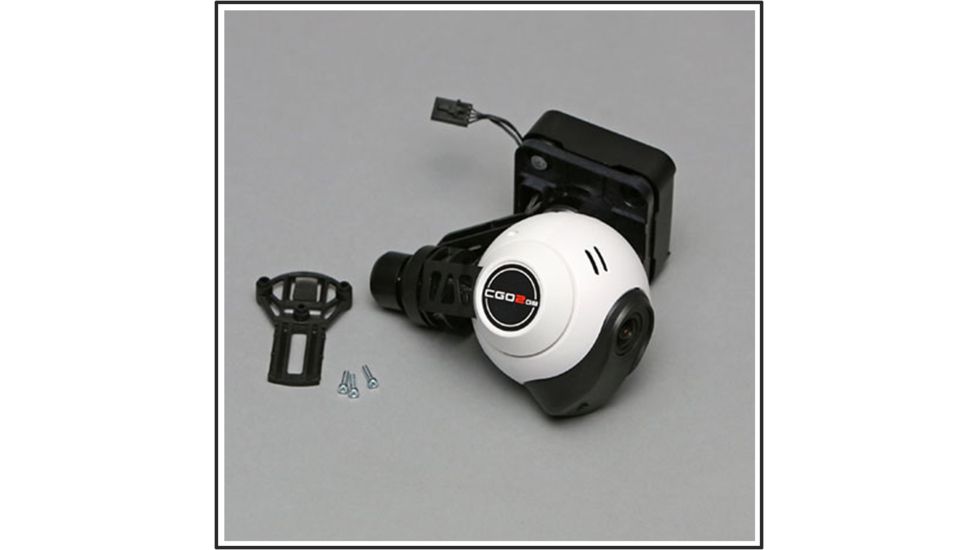
Let's see what a product we offer could do to detect this video stream.ĬOJOT's SBA2458XDB is a very capable dual band switched beam antenna (SBA) that is particularly suitable for drone detection and jamming applications. This is pretty good range of operation, but exploitable.

#Drone video downlink plus#
So let's take a general look at these link budgets using the values in the drawing above for a 200m high drone and an operator on the ground, and leave it as an exercise for the reader to explore the equations at your leisure.įor the 5.8 GHz drone video stream, using a ground multipath propagation model (ignoring obstructions) and adding a -10 dB fade margin, its typical 28 dBm transmitter with 2 dBiC omni antenna plus moderate RF losses in cables, etc., gives about a 2 km video link range when using a video feed viewer with 10 dBiC antenna gain and -85 dBm receiver sensitivity. Obstructions to line-of-sight propagation.Multipath conditions, like earth reflection.

Gains of power amplifier, Rx and Tx antennas.Range and elevation of rece iv er (Rx) and transmitter (Tx).You may recall these essential link budget parameters: Utilizing Link Budget Informationįrom IS's perspective, two link budgets need to be maintained for operational effect, one for the video stream, the other for controller communications to the drone. This means detecting far beyond the operational radius of the remote operator's controller or an autonomously operating drone's range. You need to know when the eyes-in-the-sky are active and generally where their operators are located.įrom an operational perspective, you'd like to detect RF emissions from the controller and drone at a safe standoff distance, beyond the reach of their cameras and ordinance. Say you are a good guy working to take back territory captured by IS and are bogged down in urban conflict. To illustrate, let's explore link budgets of a not-at-all hypothetical scenario. Each can be exploited to detect the drone and the operator. Many RPAS systems employed by non-state actors are commercial-off-the-shelf platforms equipped with real-time video downlink and a self-forming WiFi network for control. These signals can be geolocated using direction finding techniques, and their character can provide information about the type of drone in use-in other words: signals intelligence (SIGINT). Therefore a lower cost approach to RPAS detection could be to exploit the control and telemetry RF emissions from drones and their operators. S/he uses a remote controller sending RF signals to/from the UAS's control system. By the way, don't overlook the operator commanding the drone. Check this nice discussion of detecting, identifying and responding to RPAS incursions. Perhaps an optical, thermal or acoustic system could be employed, if bad weather operation were not needed. Detecting Drones, RPAS or UASĪ high-resolution active radar system operating in the low GHz regime could do the job quite nicely. Whatever you call them, they're here to stay and will only get better, faster and cheaper. So, there is a clear need to be able to detect, and in some cases, deny access to remotely piloted aerial systems (RPAS), also known as drones or unmanned aircraft systems (UAS). These amazing machines offer fun capabilities like aerial photography and videography-even racing! However, they can also be used in dangerous, intrusive and intentionally harmful ways.


 0 kommentar(er)
0 kommentar(er)
